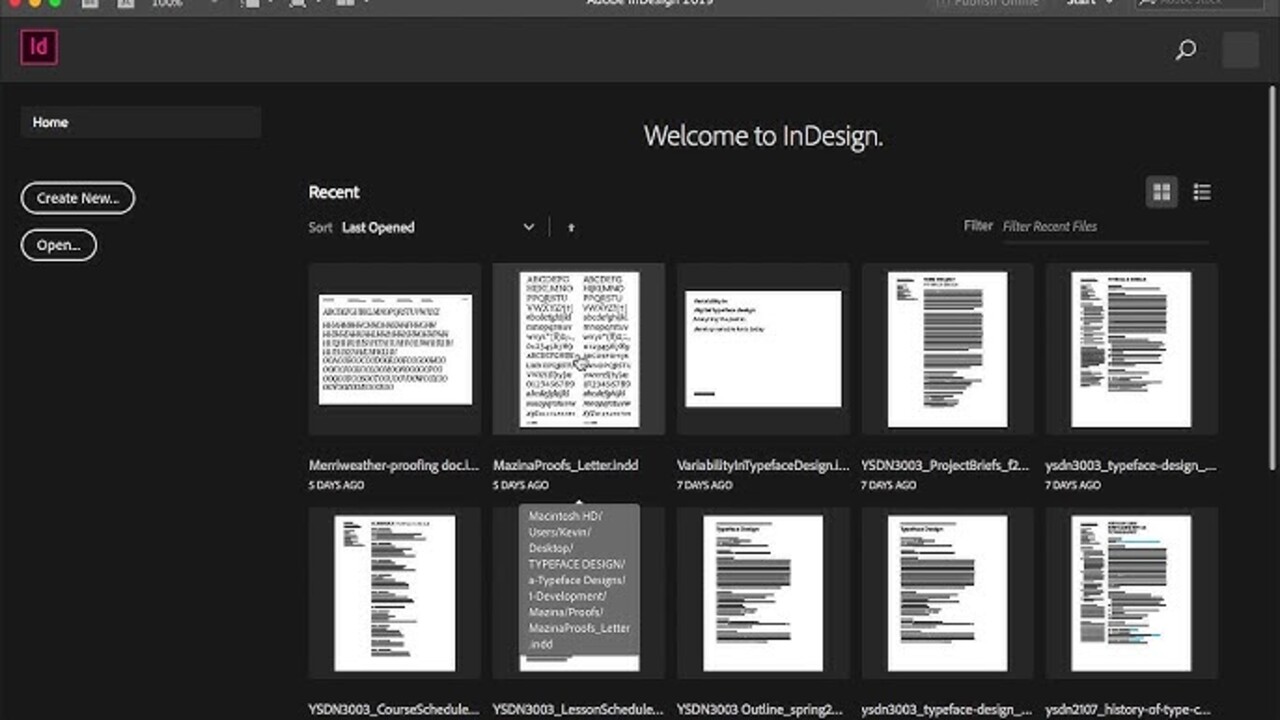Designing your own font can be a fulfilling endeavor for graphic designers, typographers, or anyone passionate about typography. Whether you want a custom font for your personal projects or to share with the world on platforms like Google Fonts or Adobe Fonts, creating a unique typeface allows you to express your style and creativity. This comprehensive guide will take you through the process of font creation, from concept to completion.

Create Unique Fonts That Set You Apart From Your Competitors

Step 1: Conceptualize Your Font

Before diving into the technical aspects, take some time to think about the purpose of your new font. Consider the following:
- Type Style: Decide whether you want to create a serif, sans-serif, script, or handwritten font. Each style serves different design projects and evokes different emotions.
- Usage: Think about where your font will be used—whether it’s for web, print, or signage.
- Target Audience: Understanding who will use your font can help tailor its aesthetic and functionality.
Step 2: Gather Inspiration
Research existing fonts to gather inspiration. Explore various typefaces available on platforms like Google Fonts and Adobe Fonts. Take note of:
- Letterforms: Analyze the shapes of letters and the overall style of different typefaces.
- Spacing and Proportions: Observe how characters relate to one another in terms of kerning and leading.
- Use Cases: See how different fonts are applied in real-world projects, which can inform your own design decisions.
Step 3: Sketch Your Ideas
Start by sketching your font using pencil and paper or graphic design software like Adobe Illustrator. Focus on the basic letterforms first:
- Character Set: Design the alphabet (both uppercase and lowercase) along with essential symbols, numbers, and punctuation.
- Visual Style: Determine the unique features of your font, such as serifs, strokes, and curves, ensuring consistency across all characters.
Step 4: Digitize Your Sketches
Once you’re satisfied with your sketches, it’s time to bring them into the digital realm:
- Font Creation Software: Use font design software such as FontLab Studio, FontForge, or Glyphs. These tools allow you to create and edit vector shapes of your letters.
- Create Vector Graphics: Import your sketches into Adobe Illustrator, then trace them to create clean vector graphics for your font editor.
Step 5: Refine Your Font
With your basic characters in place, refine your design:
- Spacing and Kerning: Adjust the spacing between letters to ensure they are visually balanced and legible. Proper kerning is essential for achieving a polished look.
- Add OpenType Features: Consider integrating features like ligatures or stylistic alternates to enhance the functionality of your font.
Step 6: Export And Test Your Font

After refining your font, export it into a usable format:
- Font Formats: Save your font as TrueType (.ttf) or OpenType (.otf) to ensure compatibility across various applications.
- Testing: Install your font on your computer and test it in design software like Adobe Photoshop or Microsoft Word. This helps you evaluate its appearance in different contexts.
Step 7: Share Your Font
Once you are satisfied with your font, consider sharing it. Upload your font to platforms like Google Fonts or Adobe Fonts for others to use, or share it on your portfolio site or social media. Collect feedback from other designers and users, which can provide insights for future font designs.
Conclusion
Creating your own font can be a challenging yet rewarding journey. Embrace the process of font making, knowing that your first design might not be perfect, but it will be the foundation for future creations. As you grow in your skills and knowledge, each new typeface will build on your experiences. So dare to create, experiment with different styles, and let your unique vision shine through your custom font.
FAQs
1.What Software Do I Need To Design My Own Font?
You can use font creation software like FontLab Studio, Glyphs, or FontForge, along with graphic design tools like Adobe Illustrator.
2.Can I Sell My Custom Font?
Yes, if your font is entirely your original work and not derived from existing copyrighted fonts, you can sell it.
3.What Is The Difference Between Truetype And Opentype Fonts?
TrueType fonts (.ttf) are widely used for compatibility, while OpenType fonts (.otf) offer advanced typographic features and better support for complex scripts.
4.How Can I Ensure My Font Looks Good At Different Sizes?
Test your font in various applications and sizes, paying close attention to spacing and legibility, particularly at smaller sizes.
5.Is It Necessary To Have Artistic Skills To Design A Font?
While artistic skills can be beneficial, dedication to learning design principles and practice will improve your font design abilities over time.


Leave a Comment